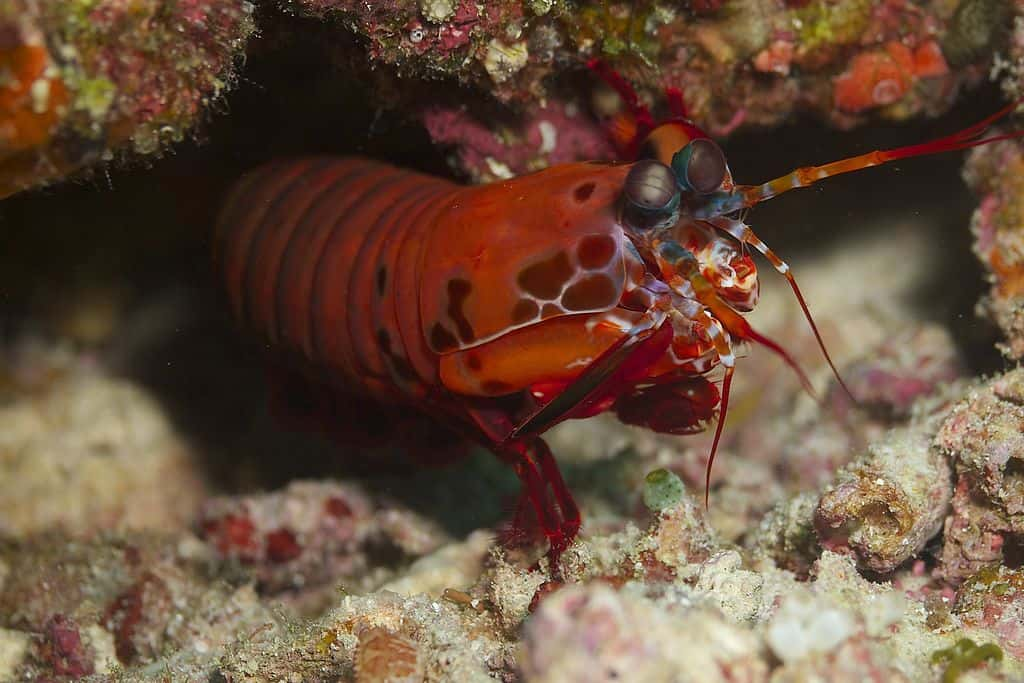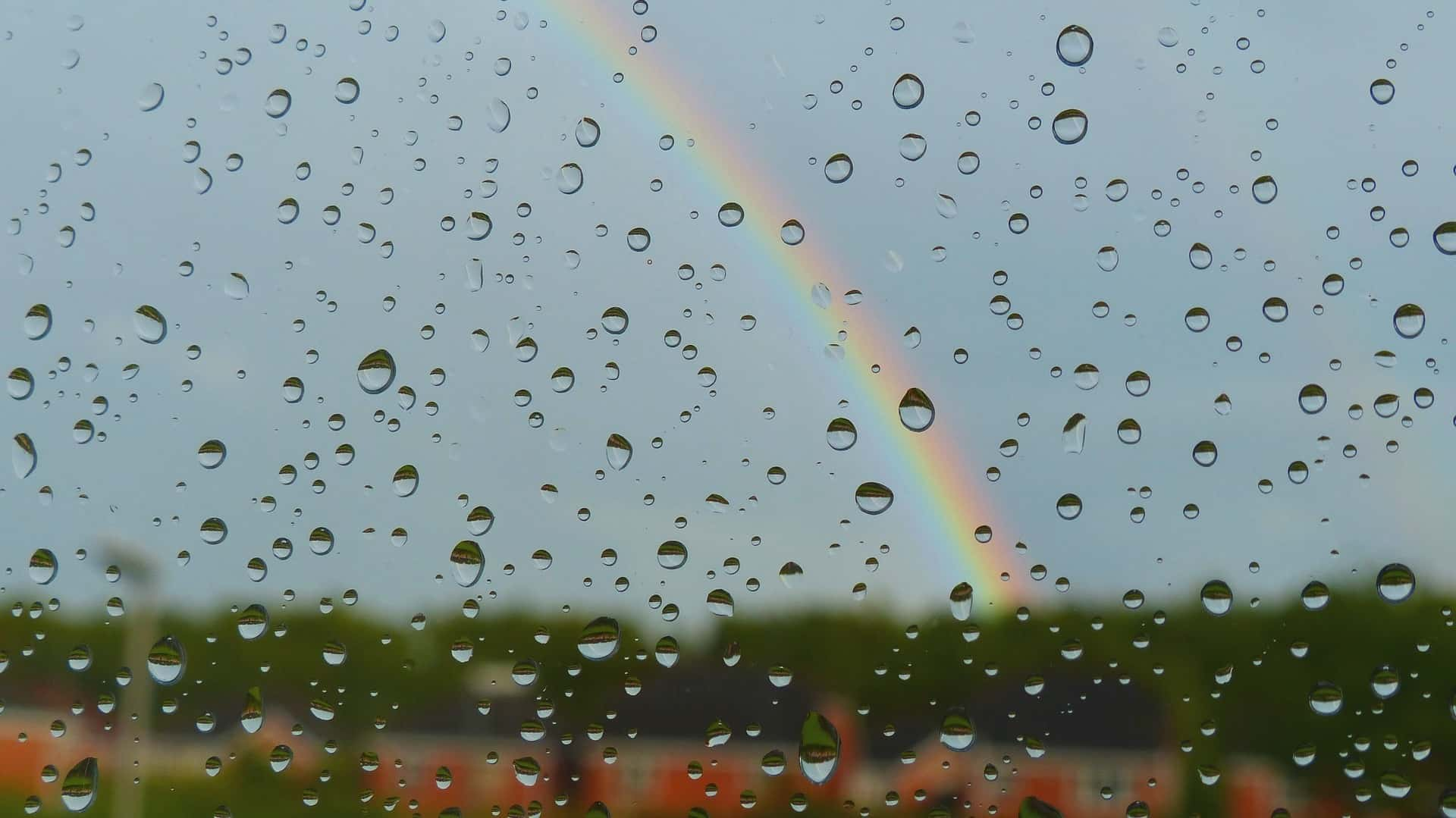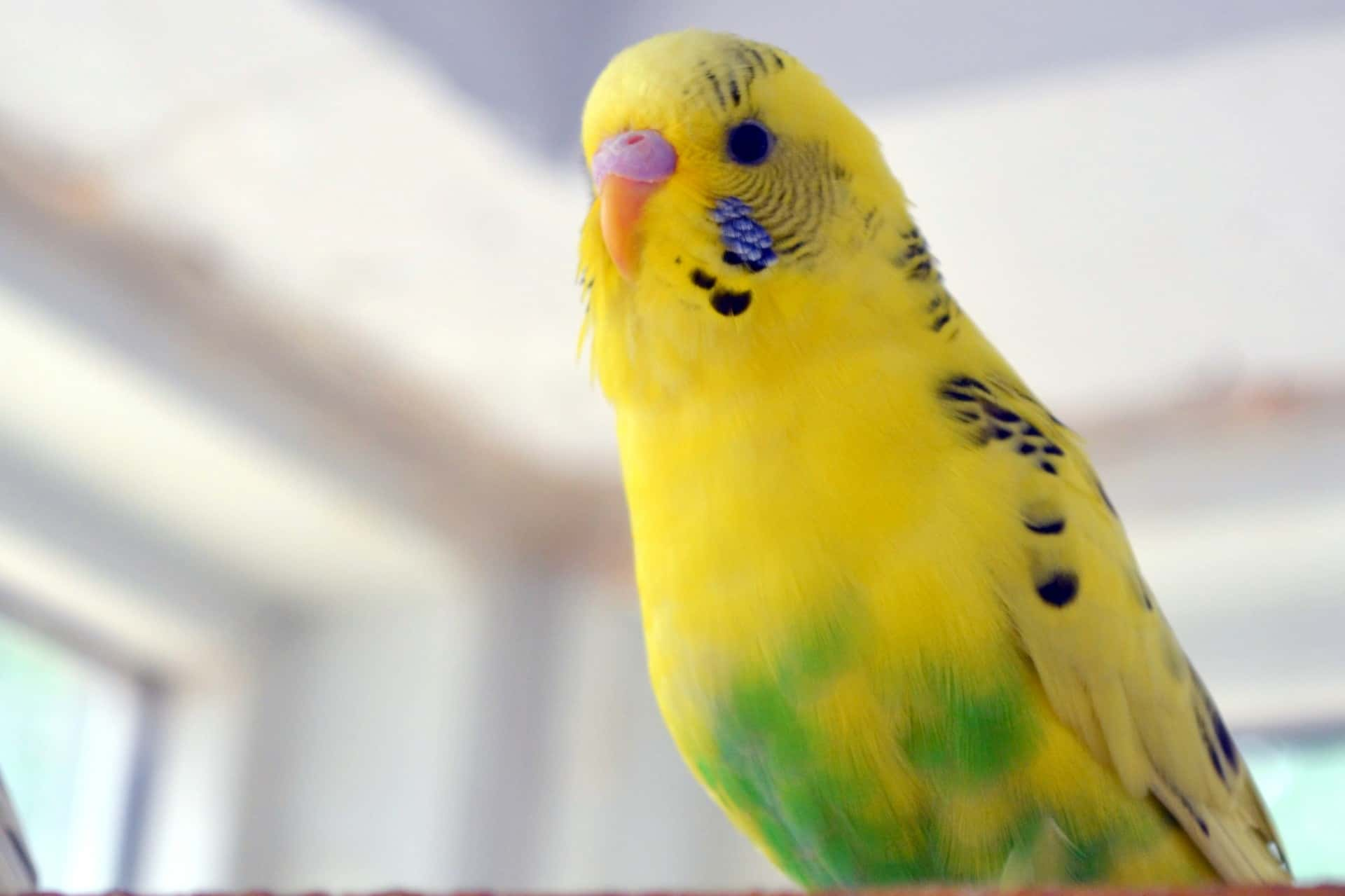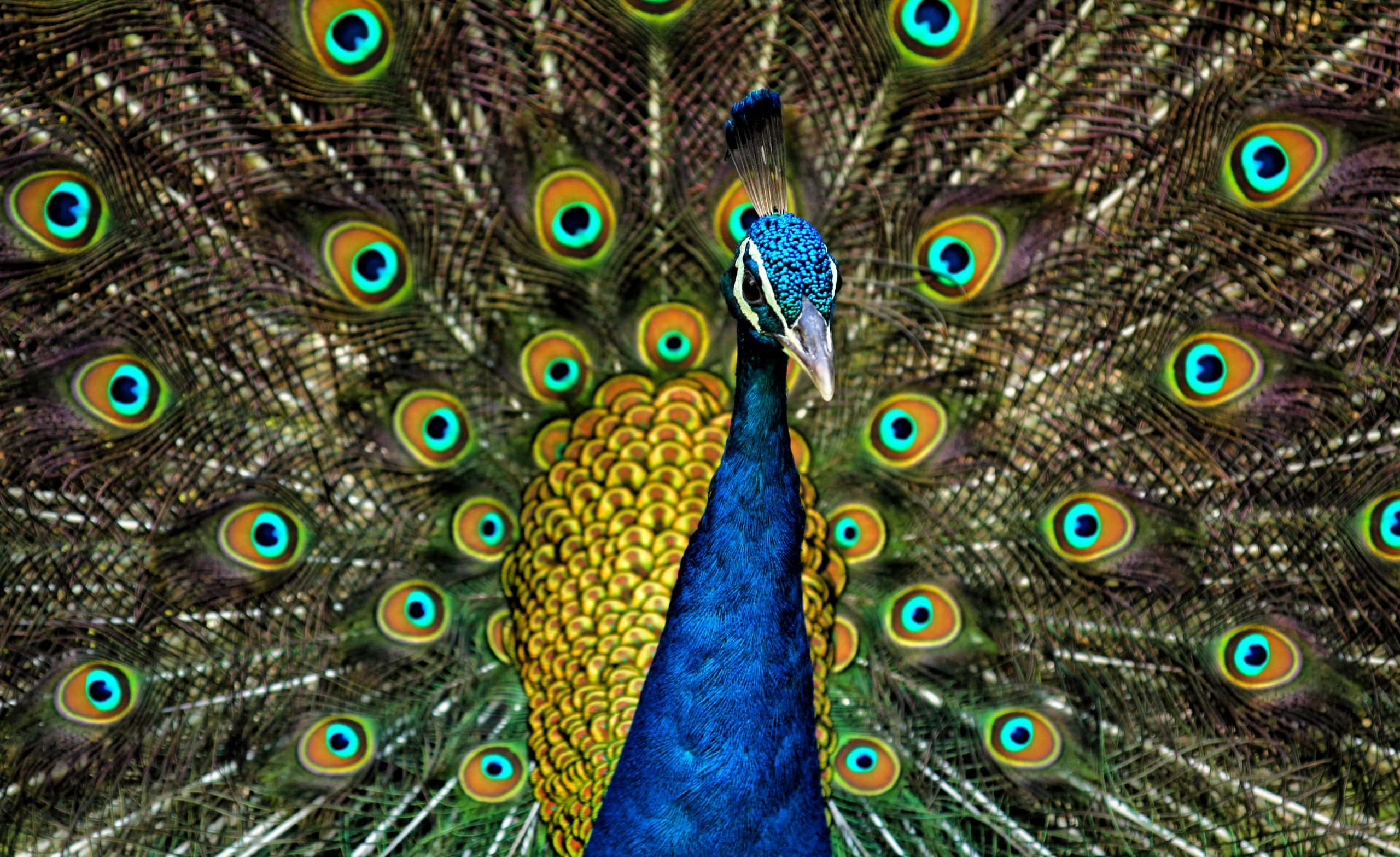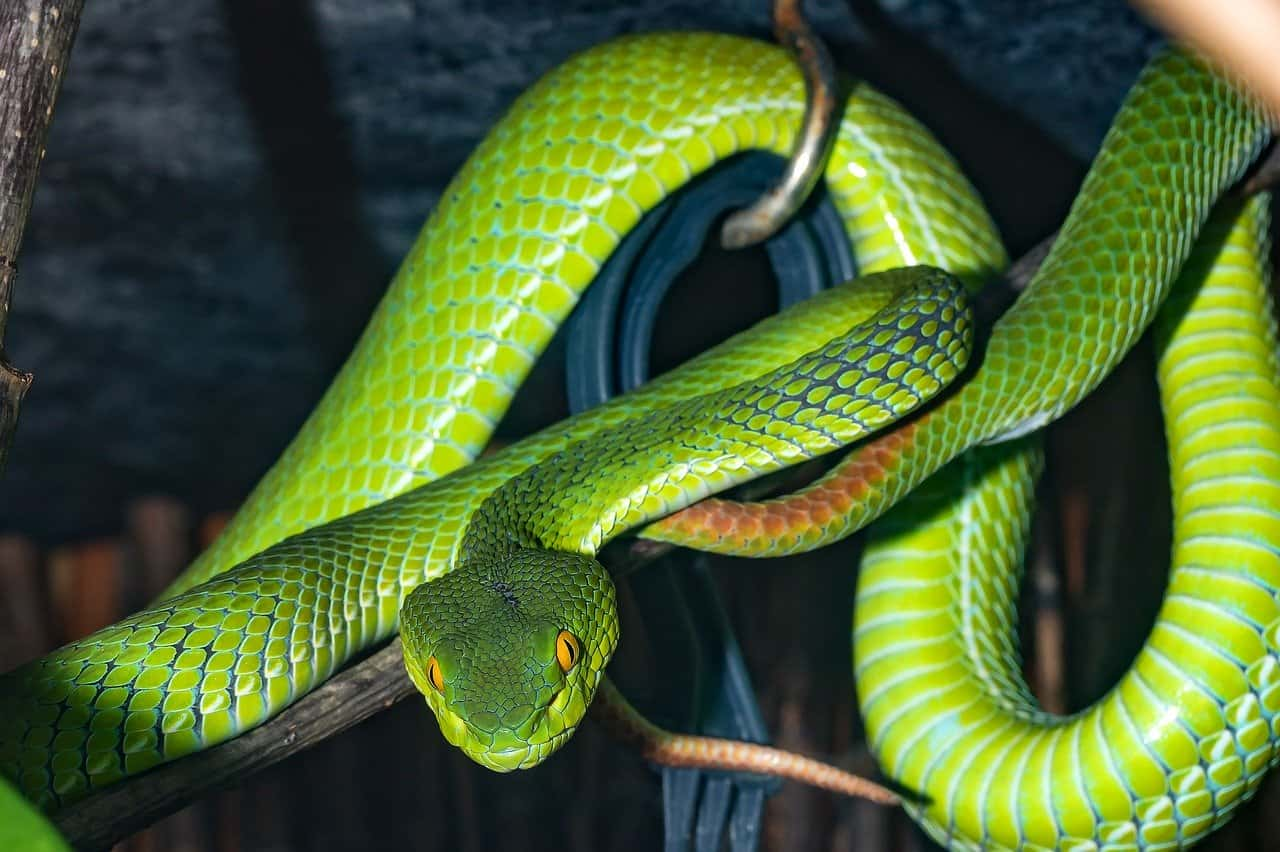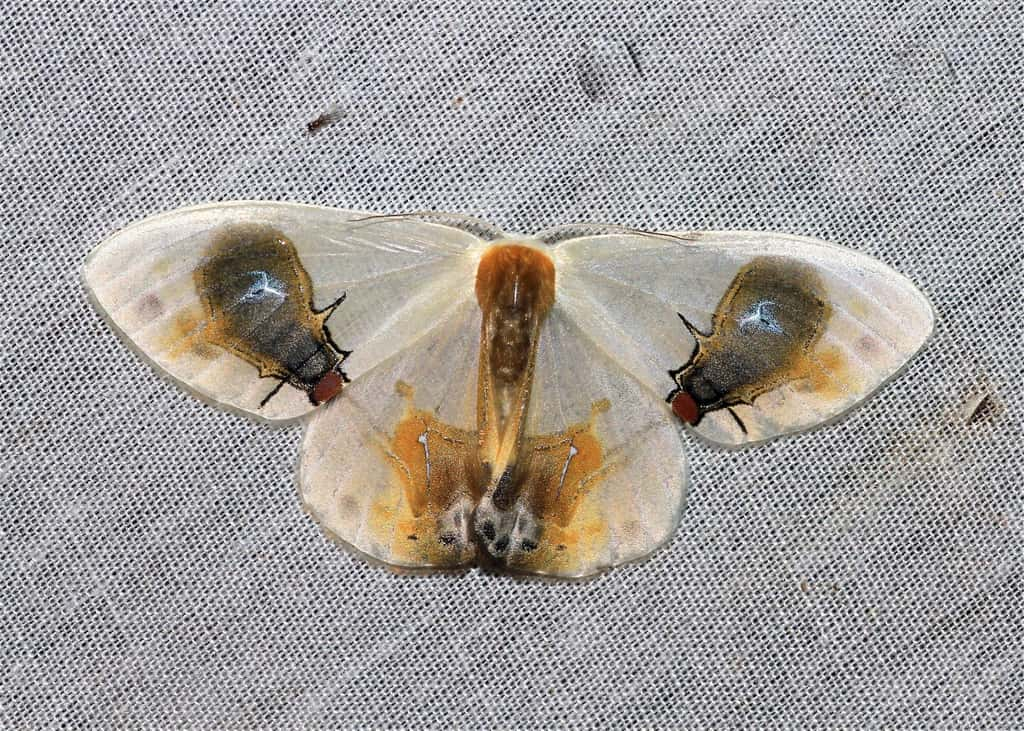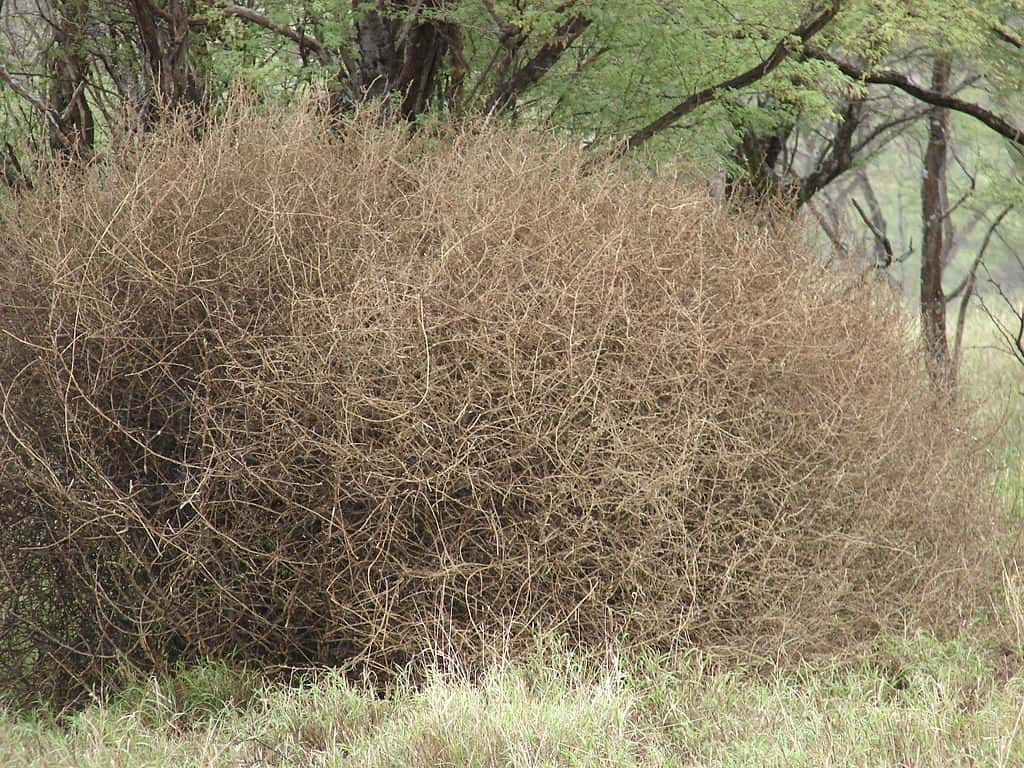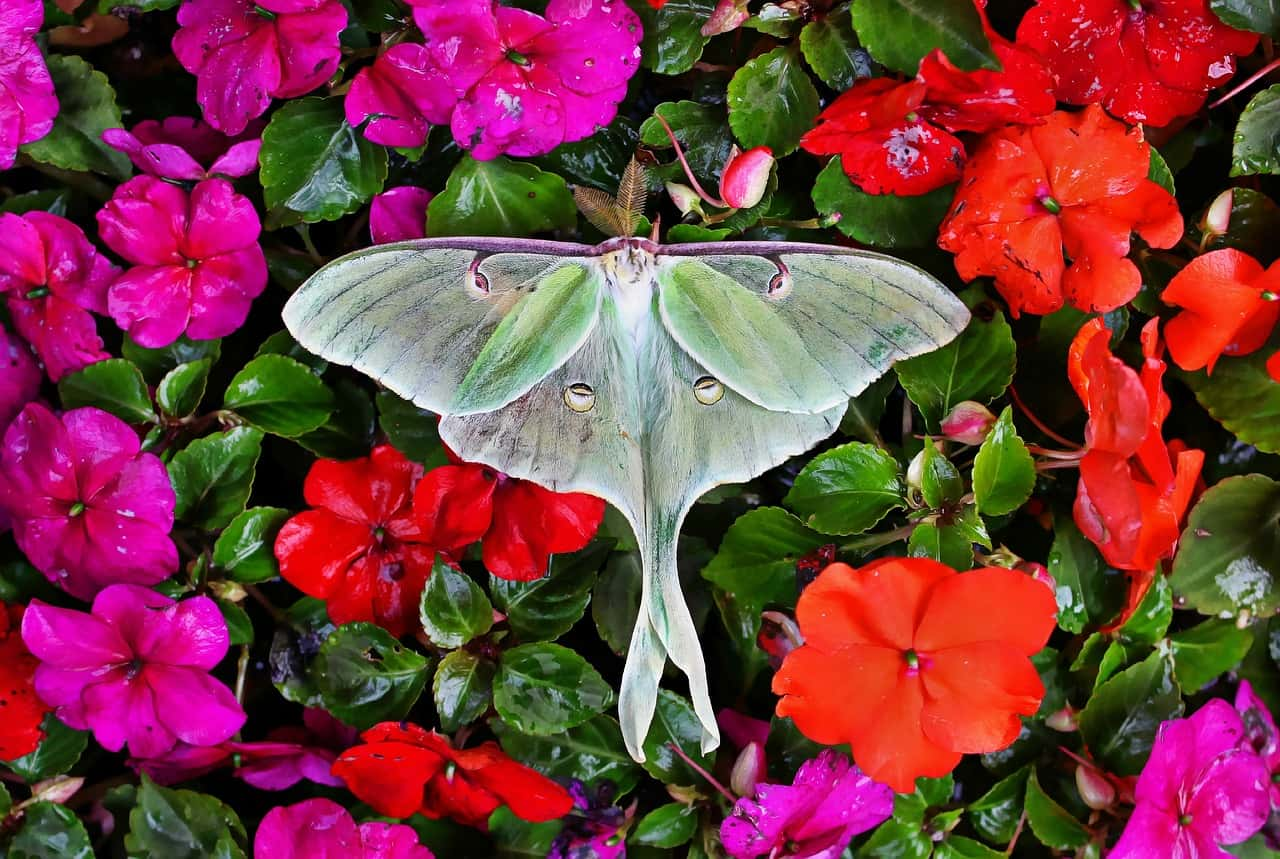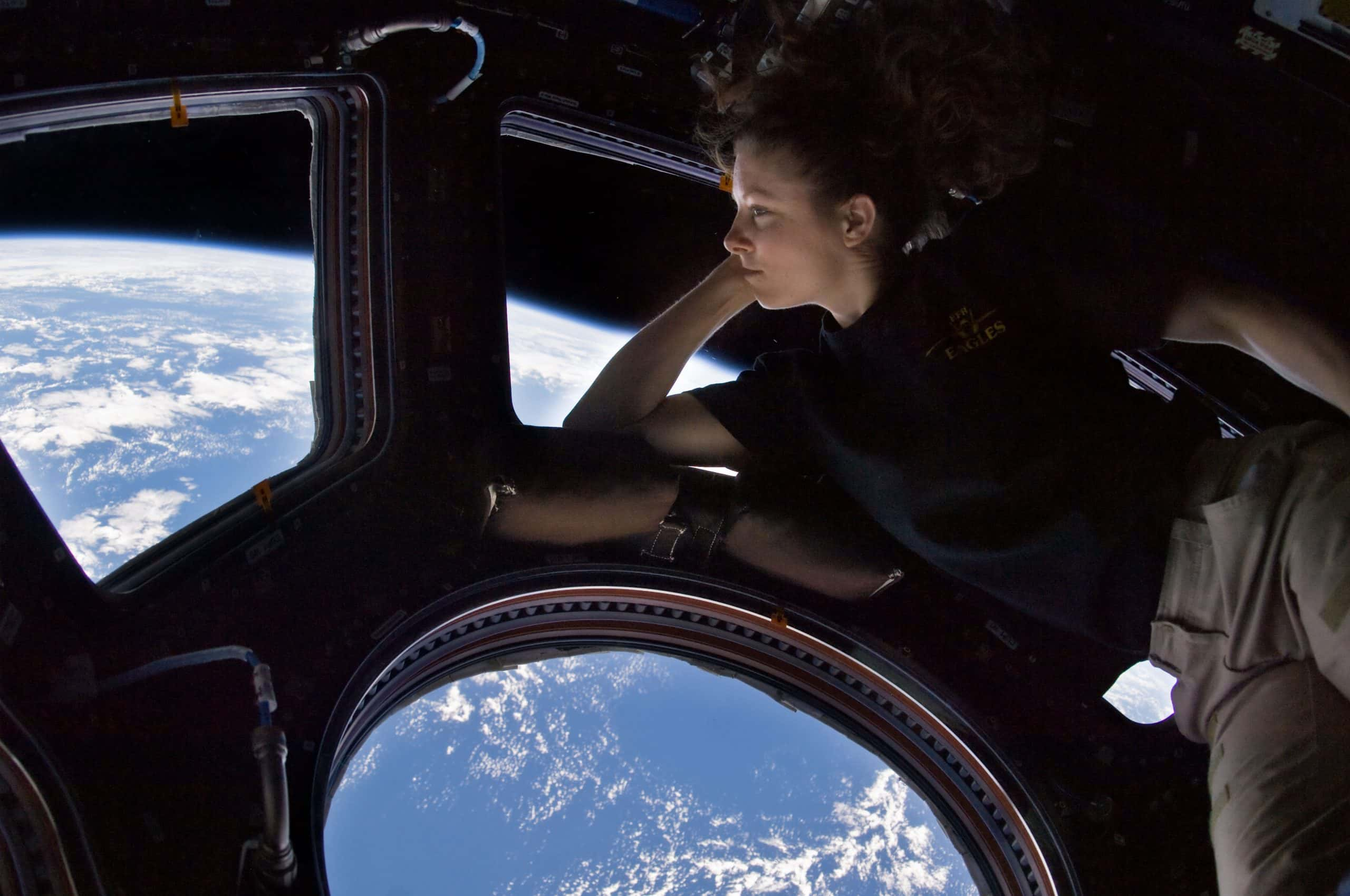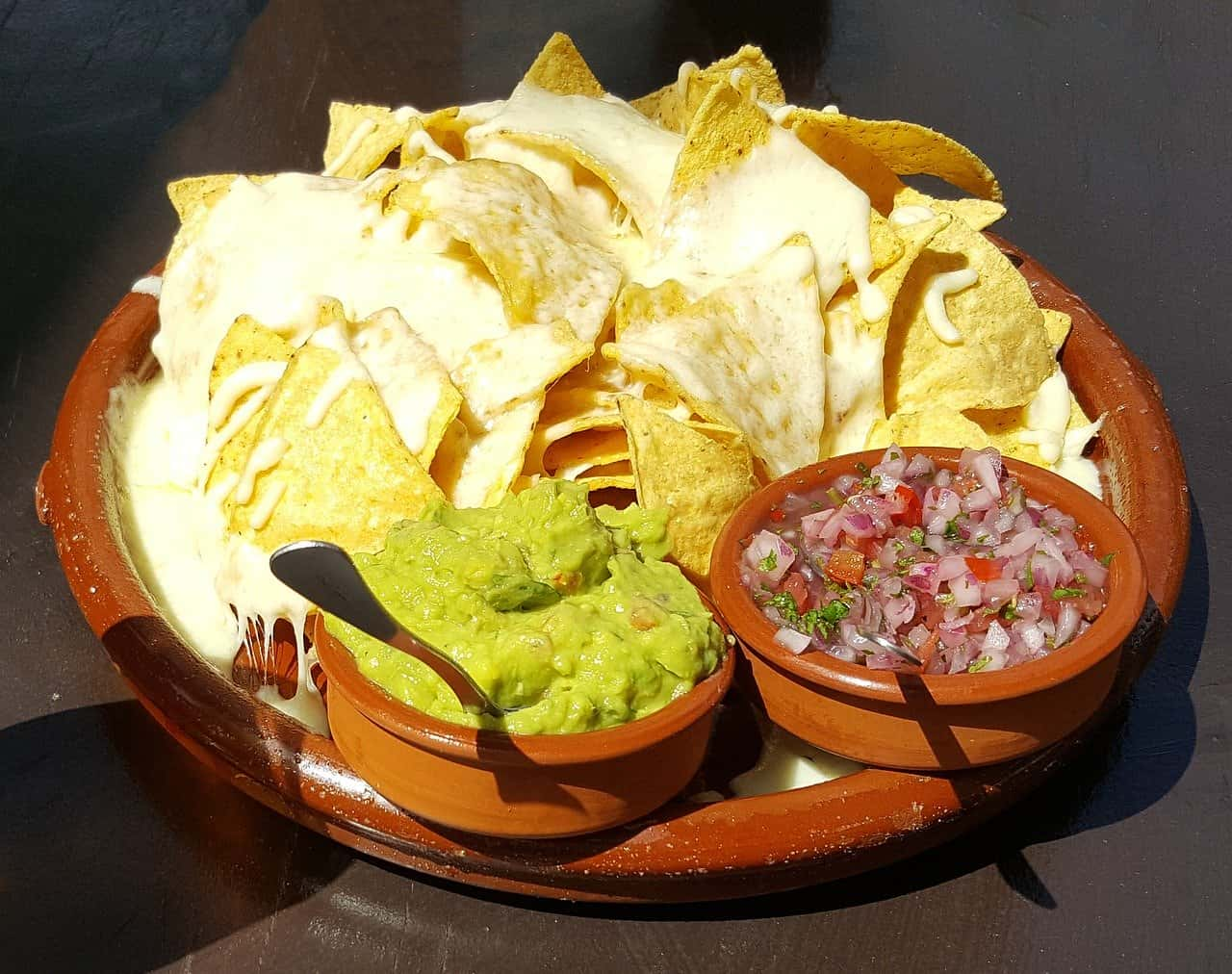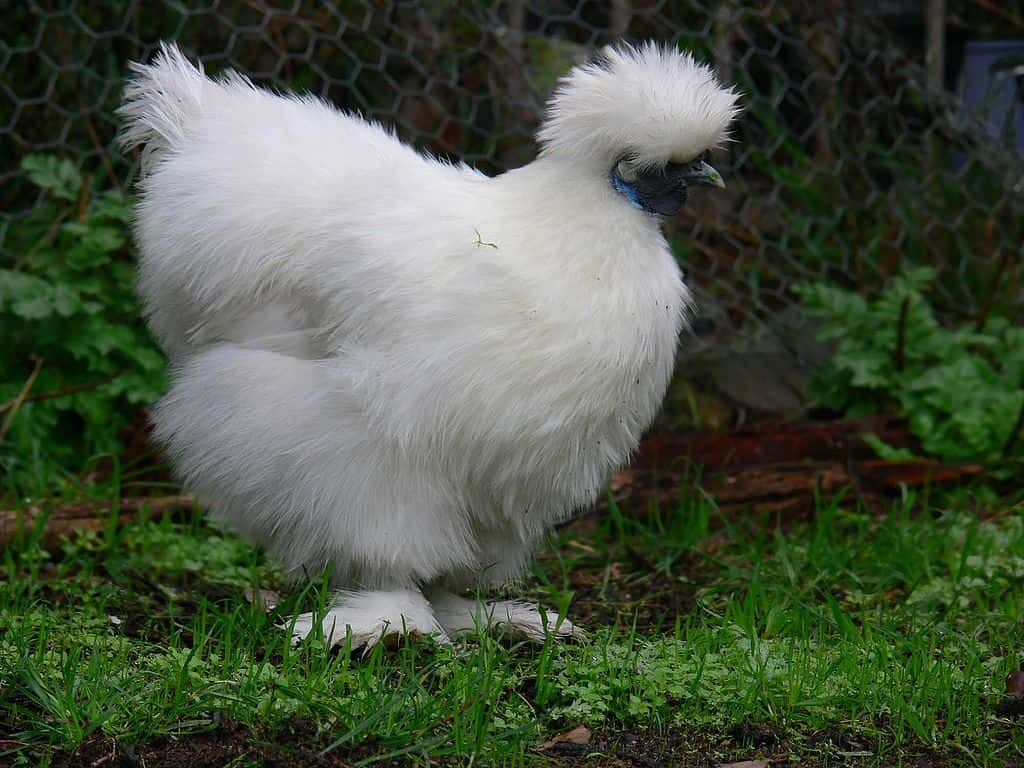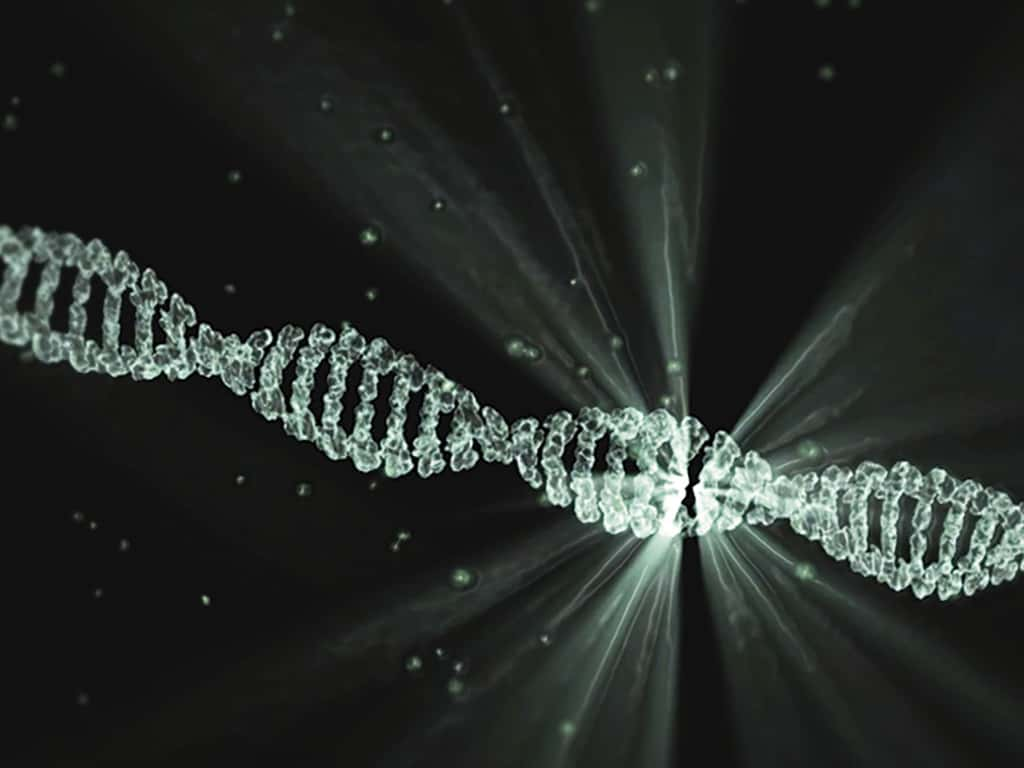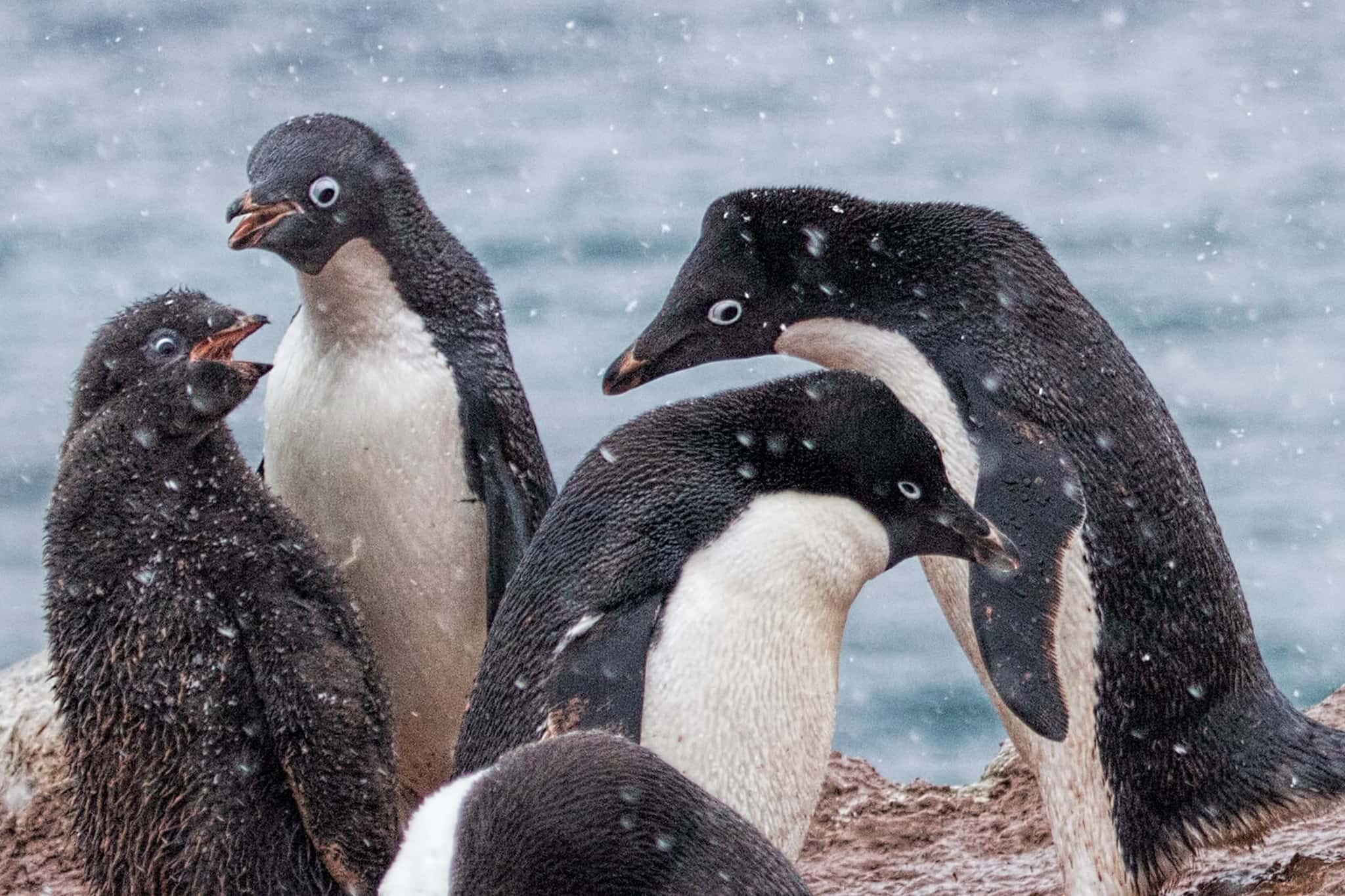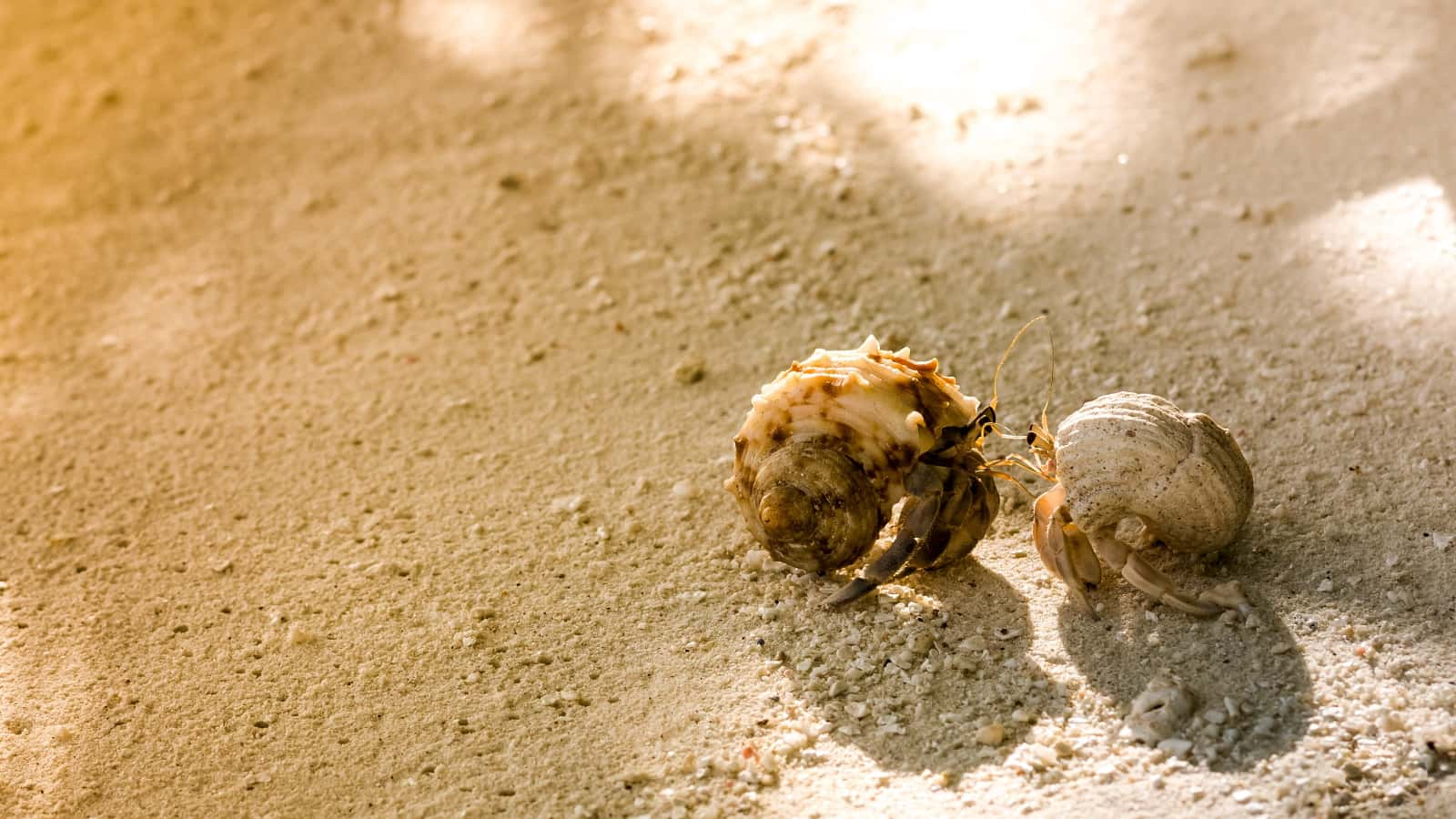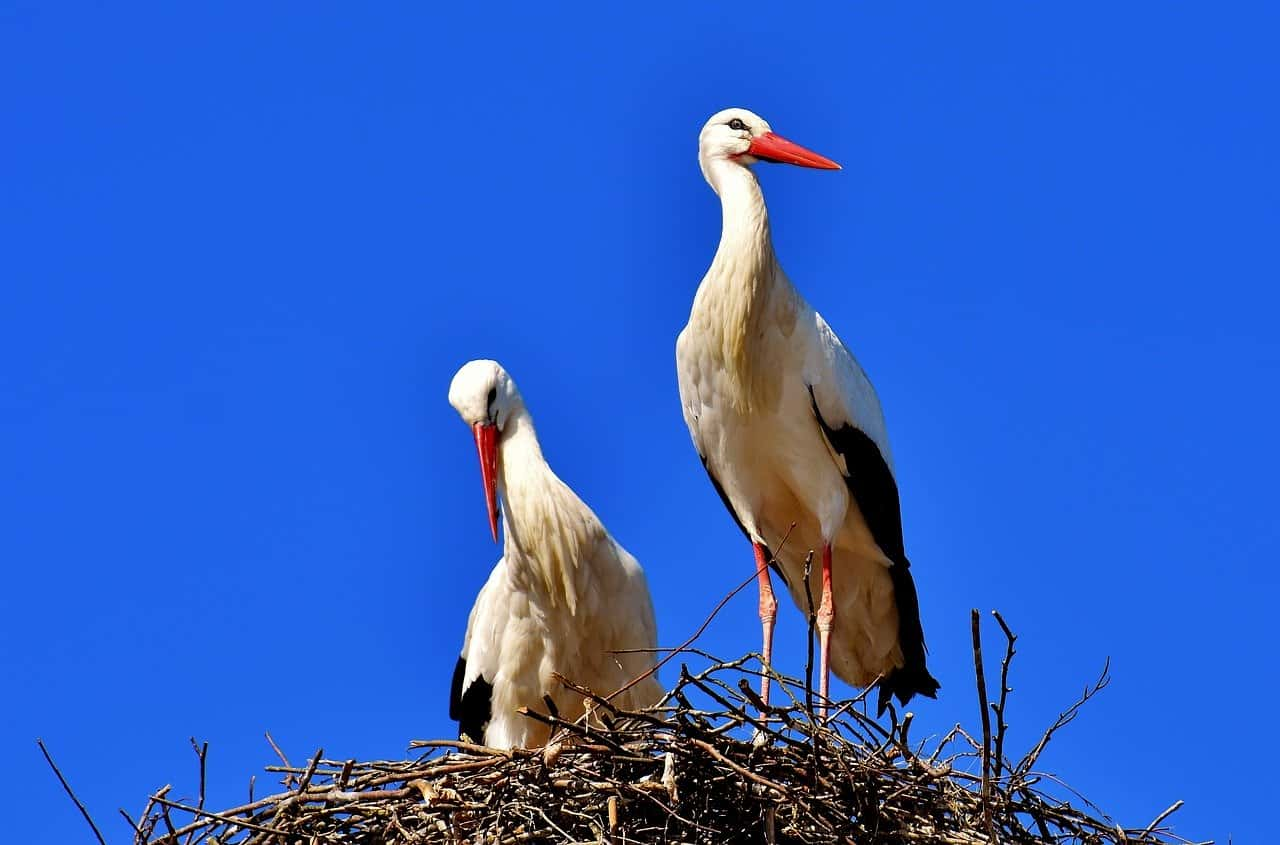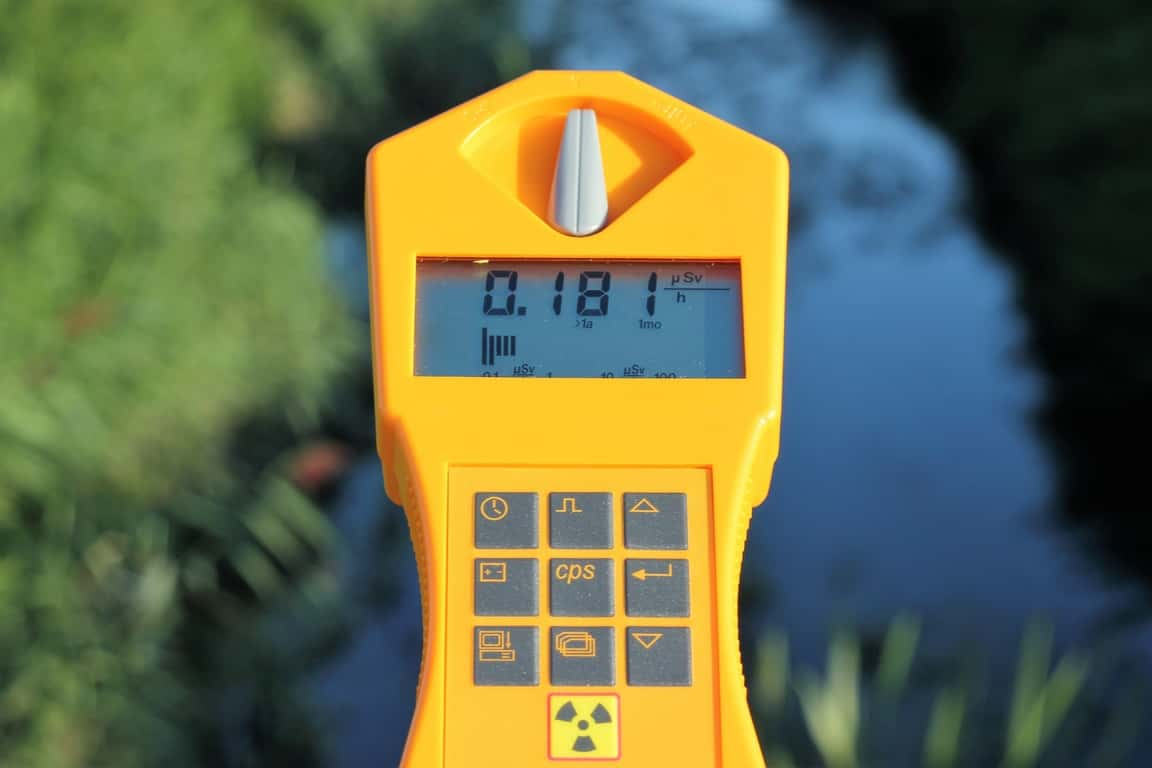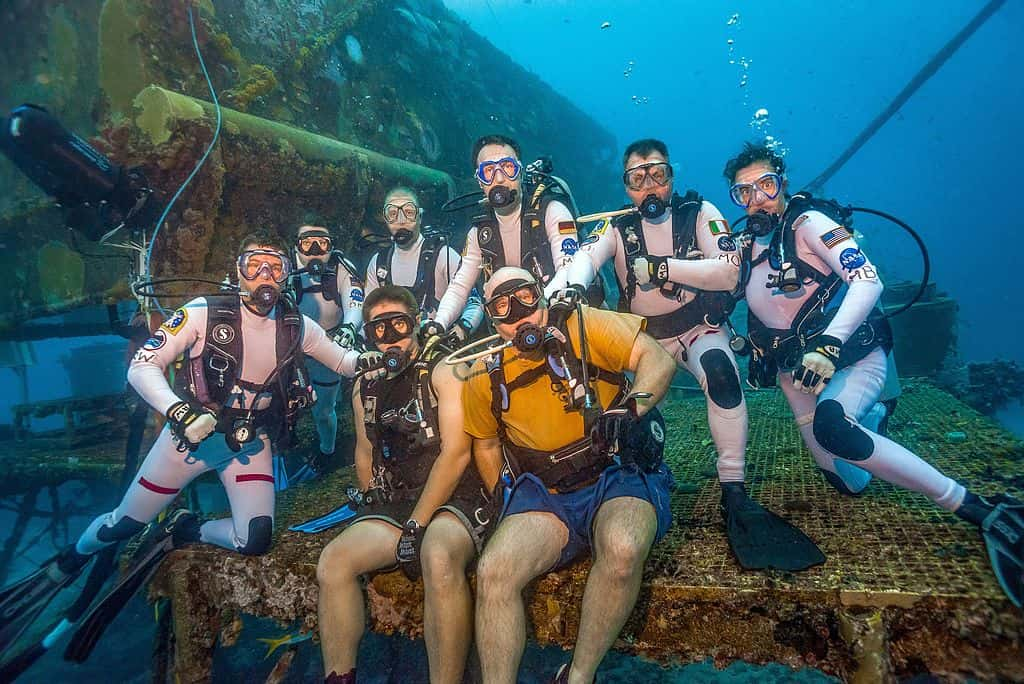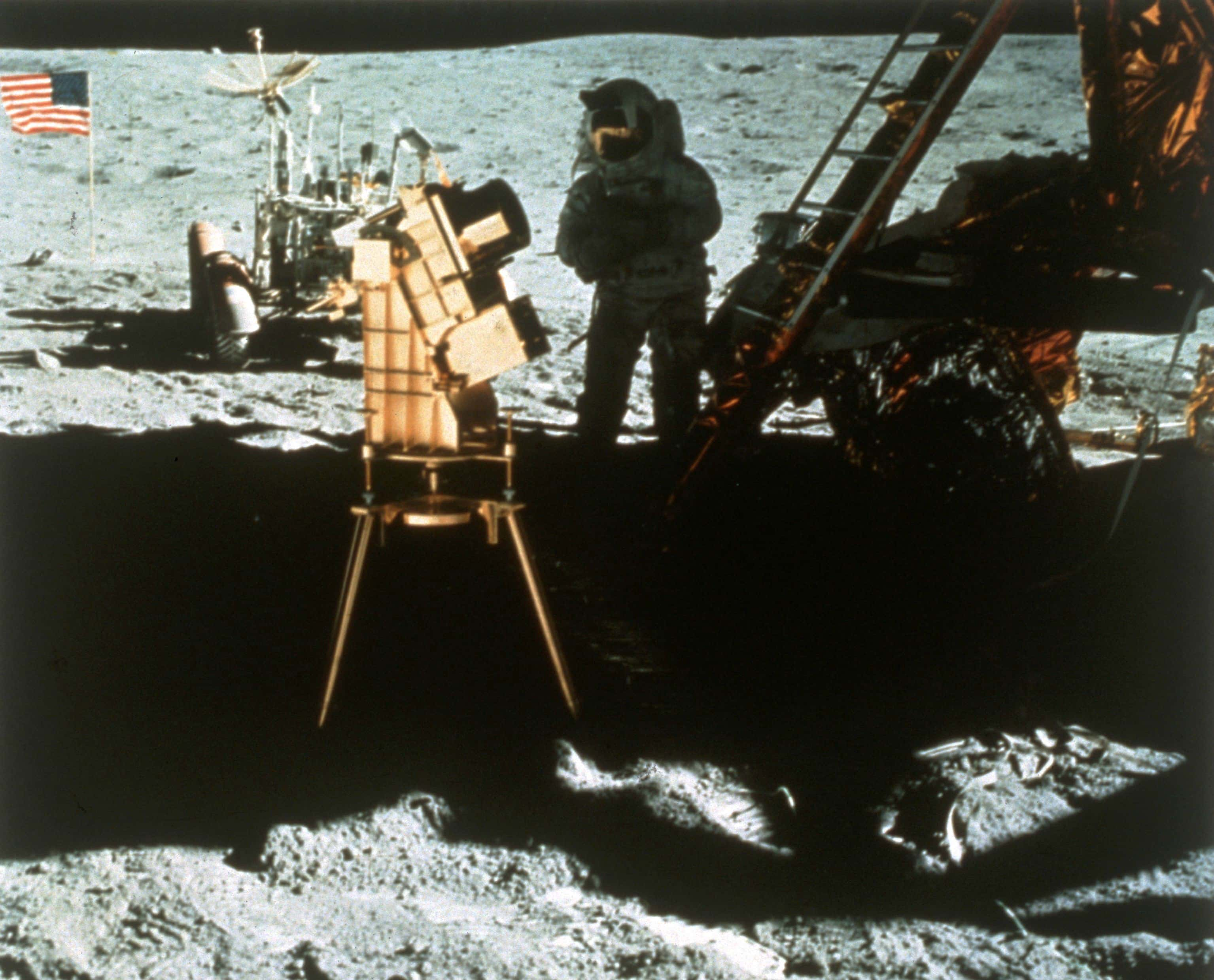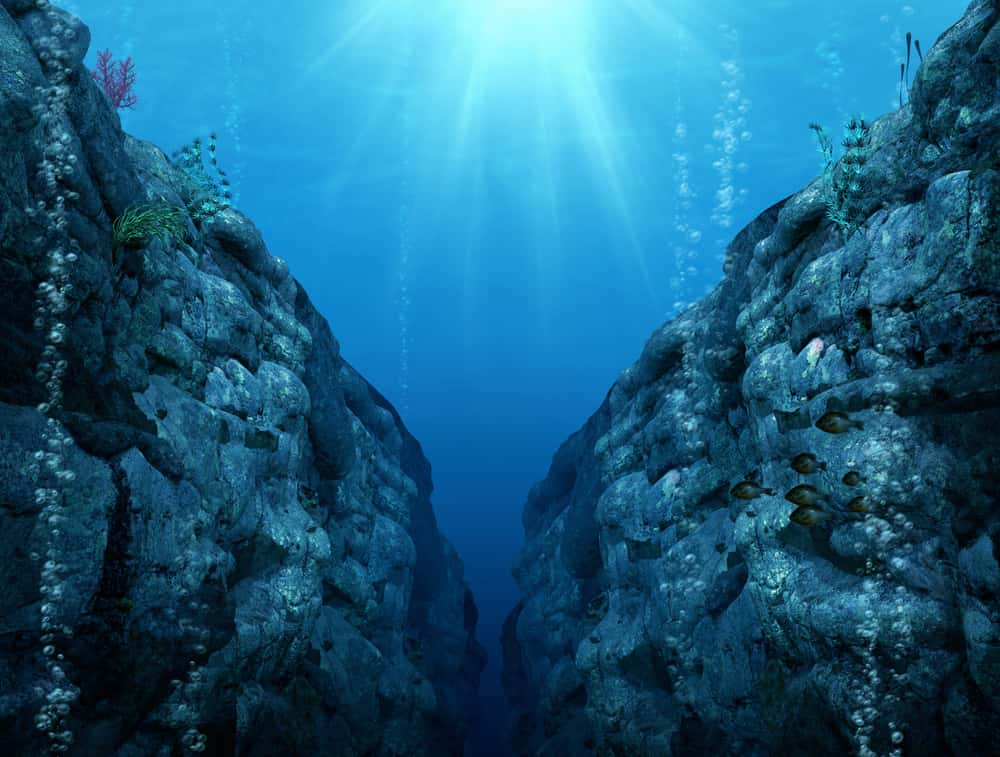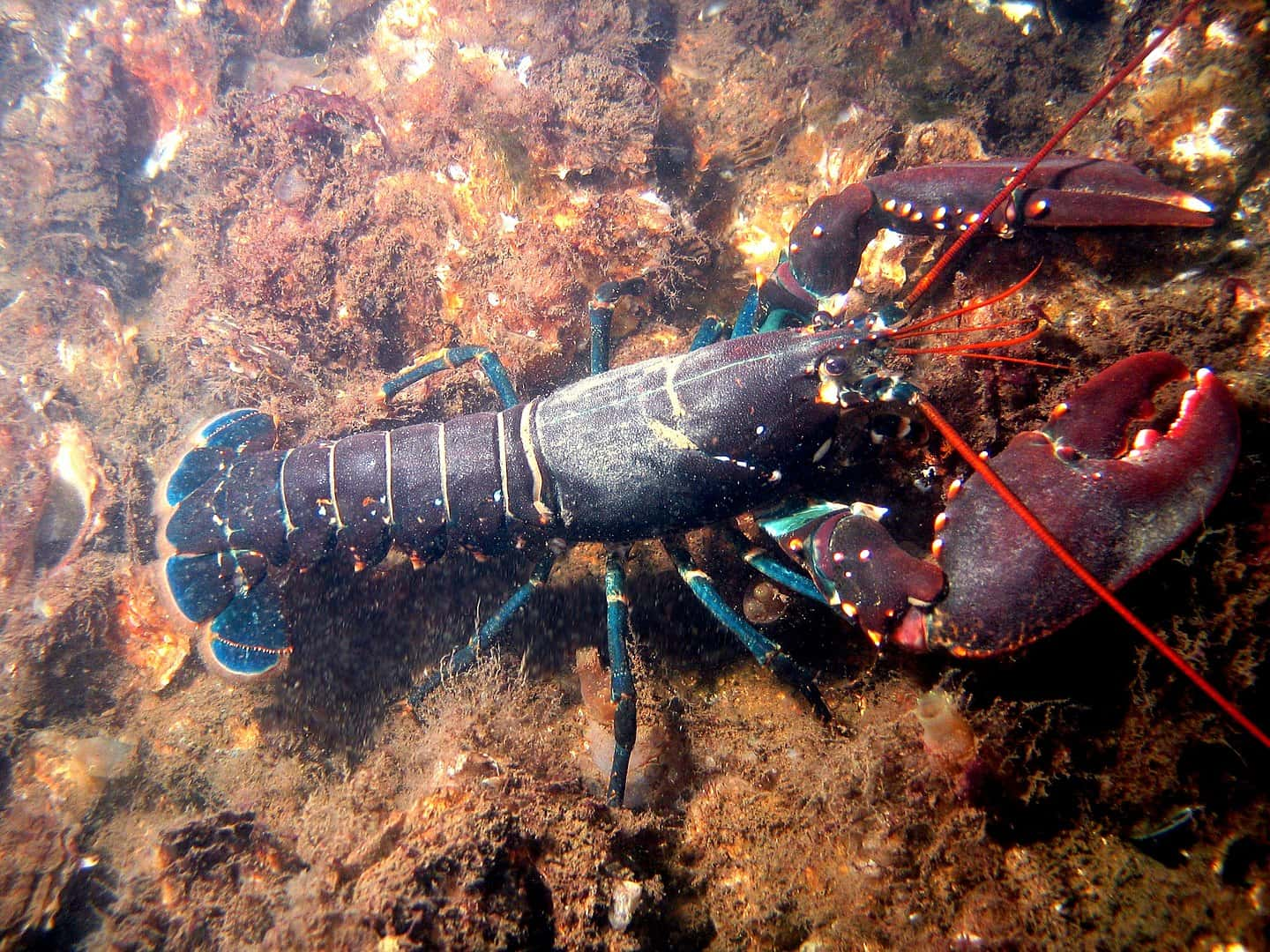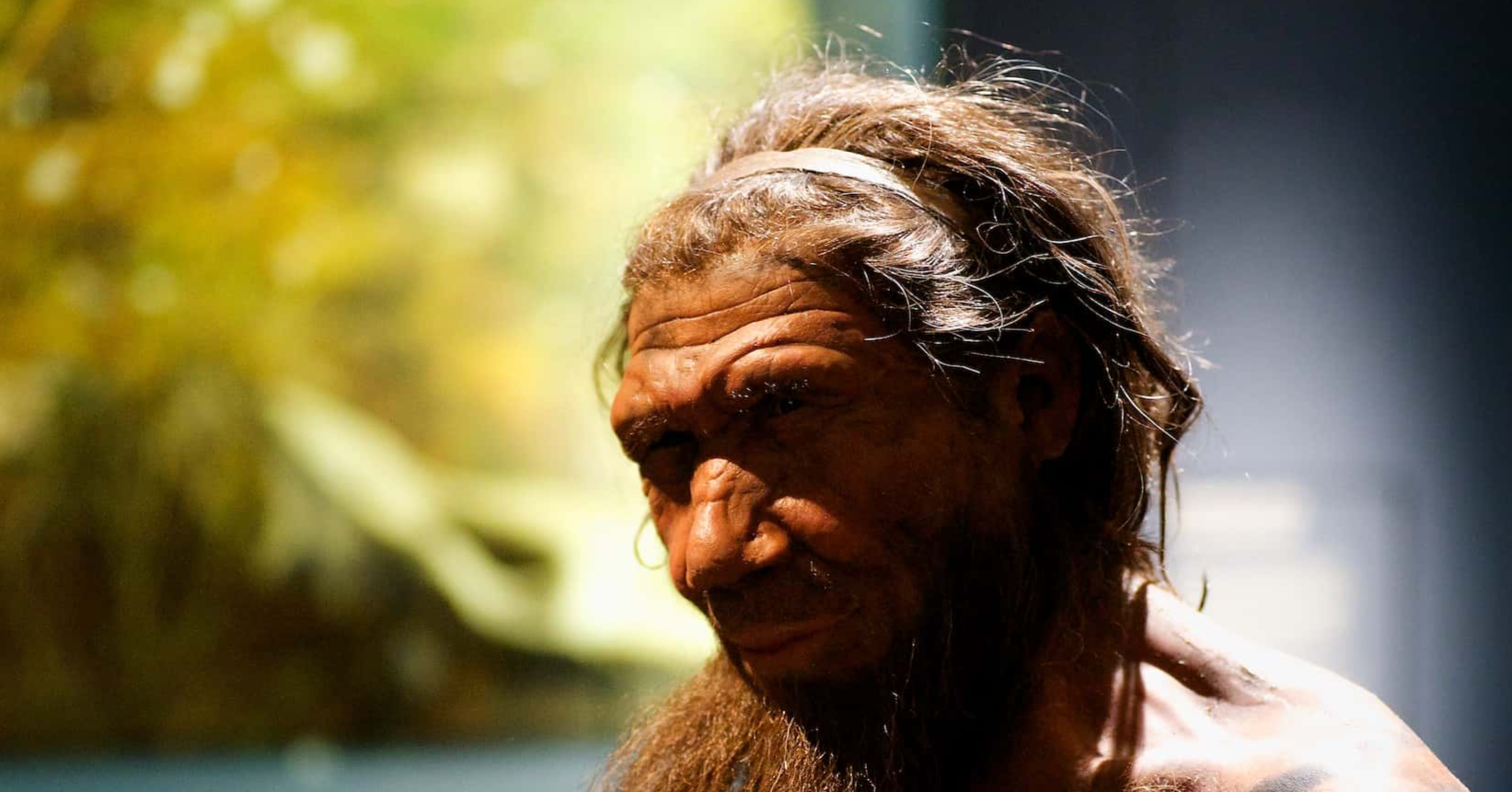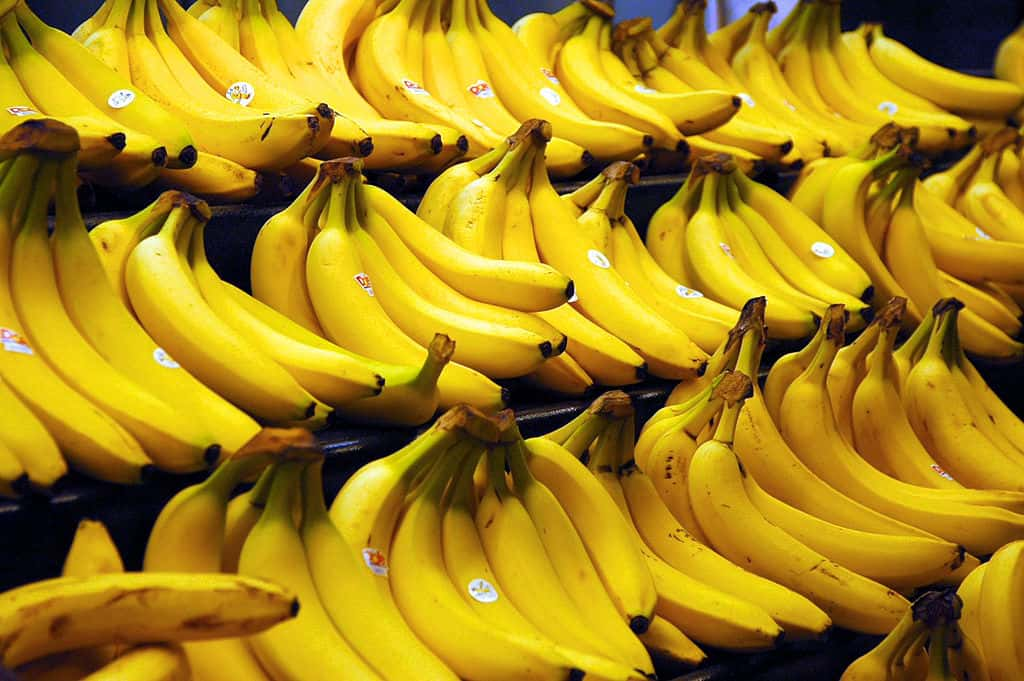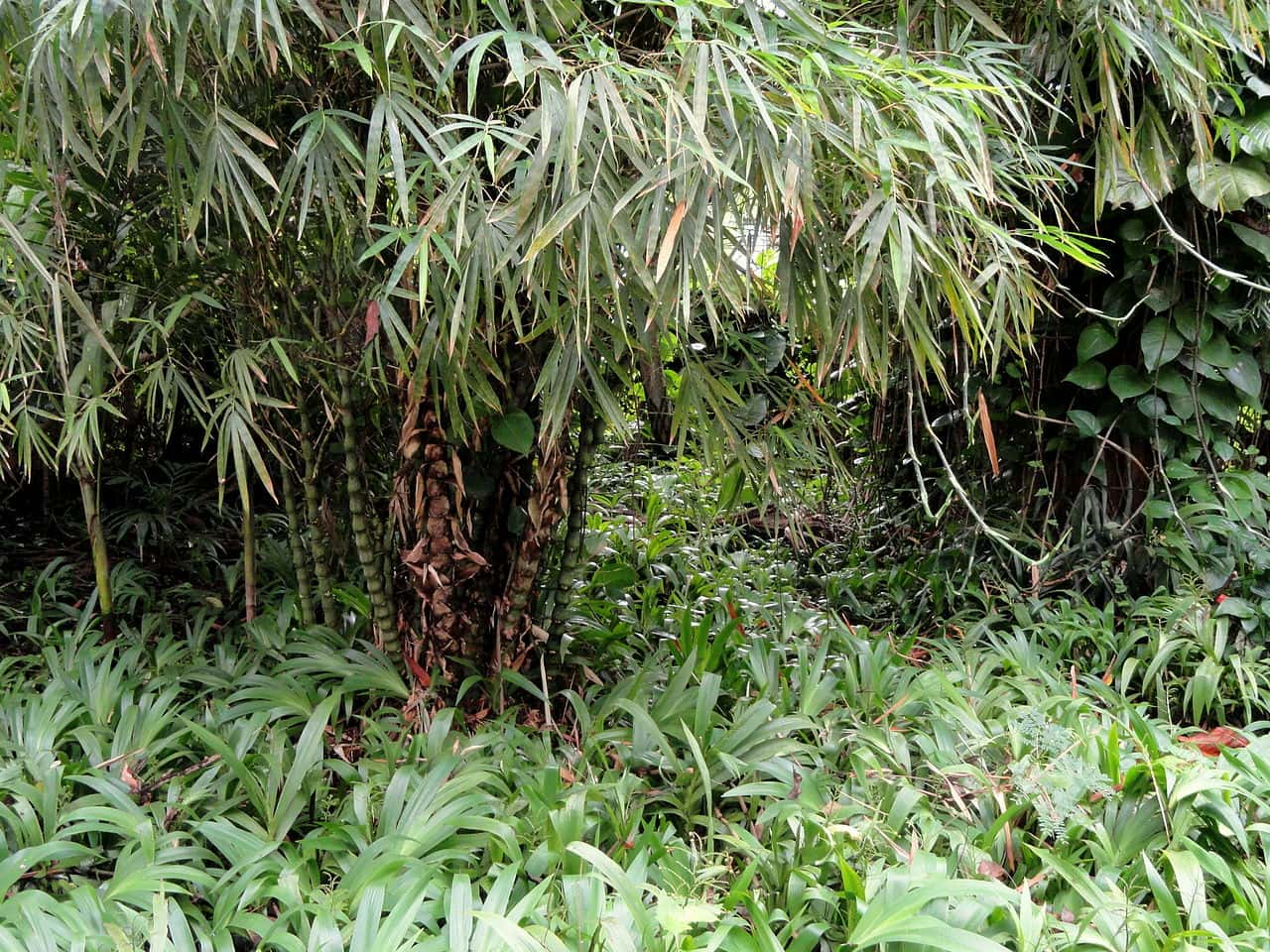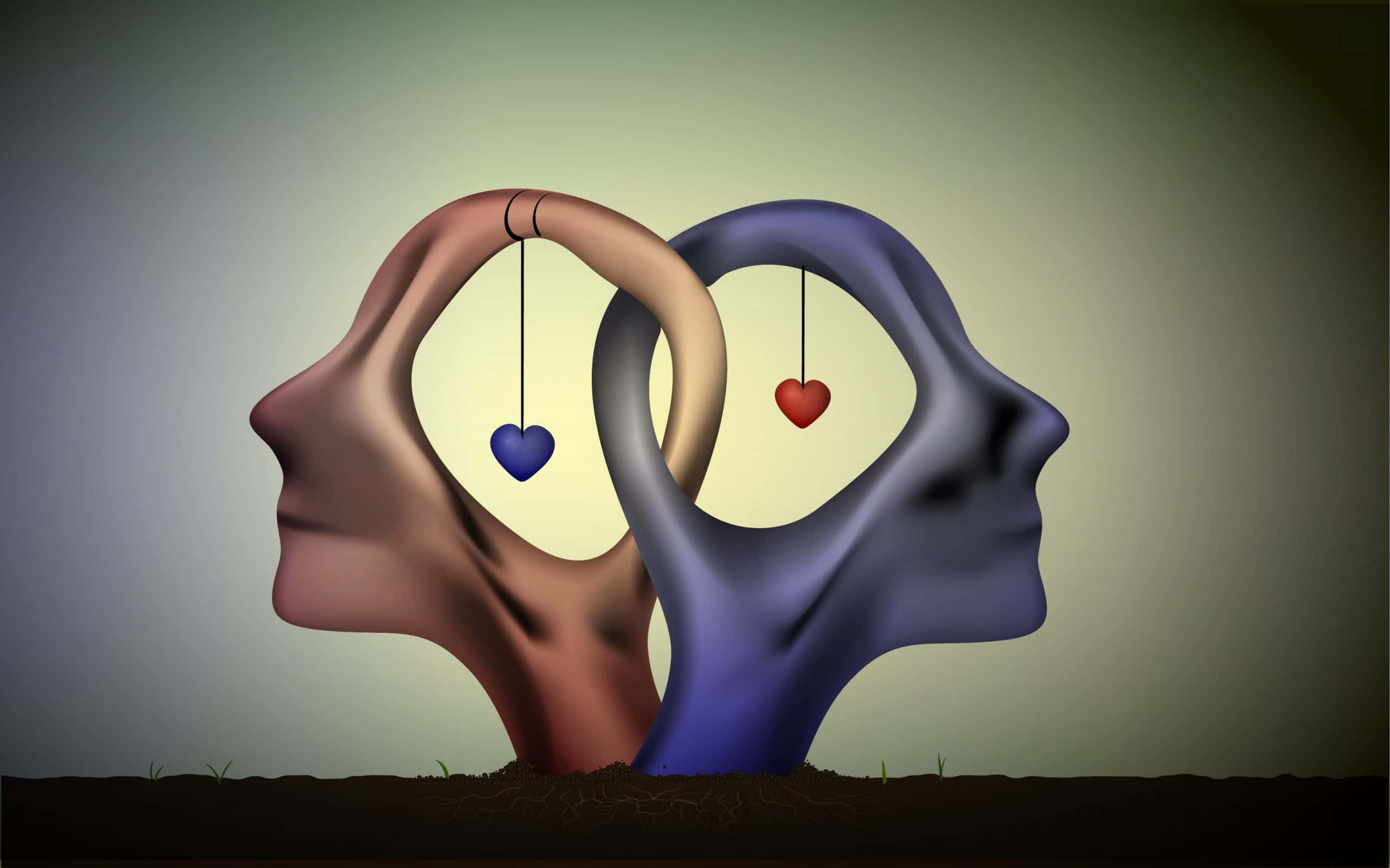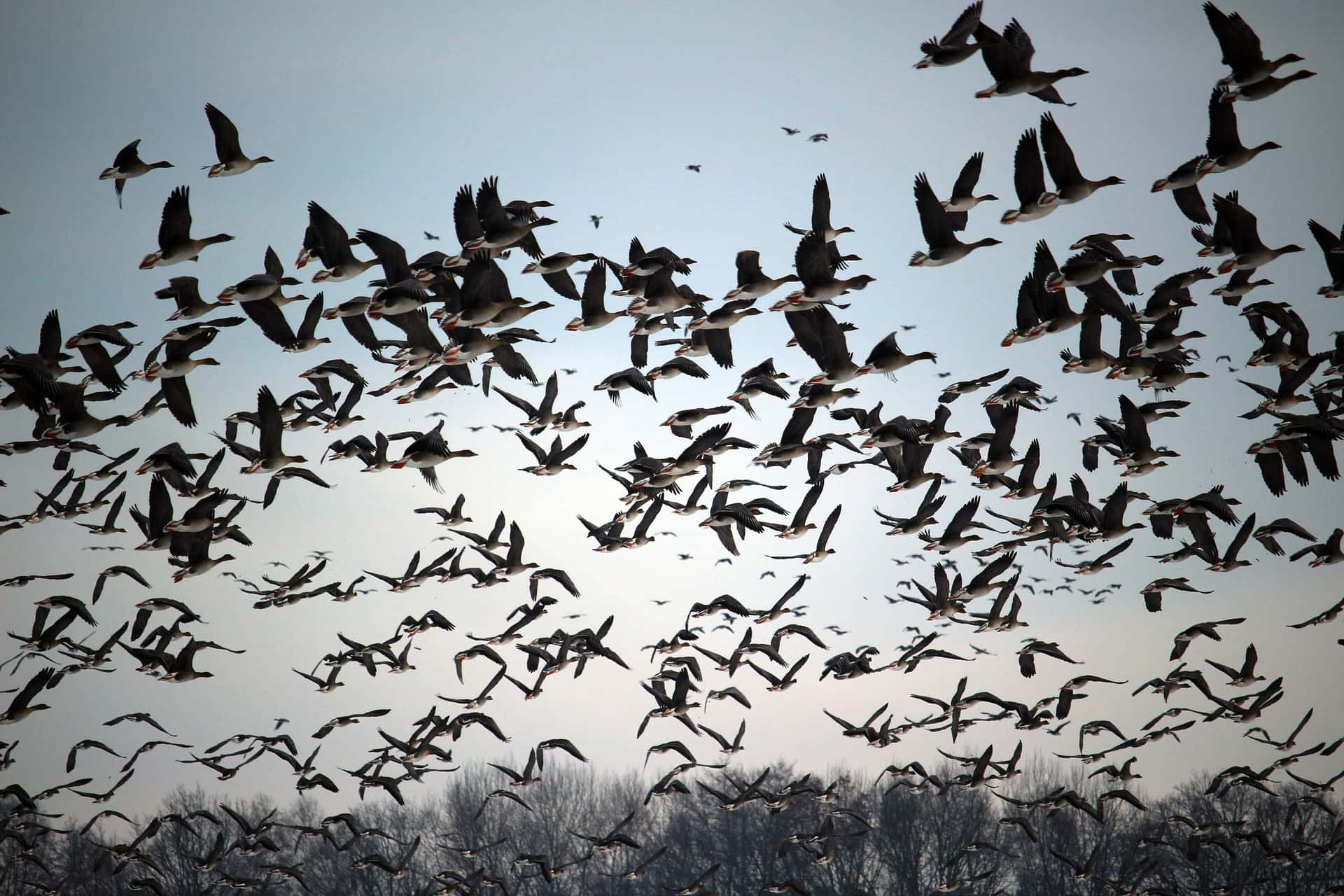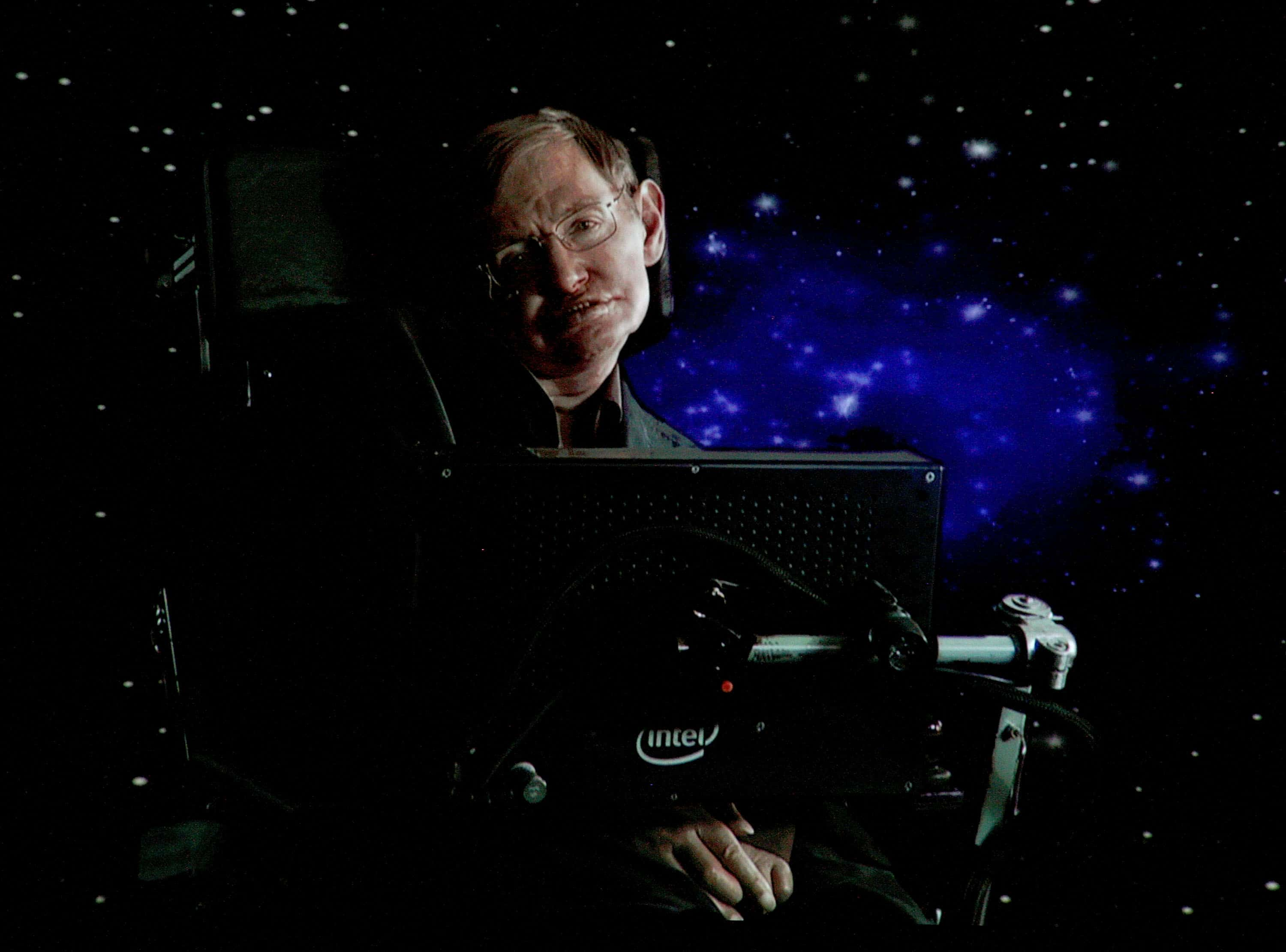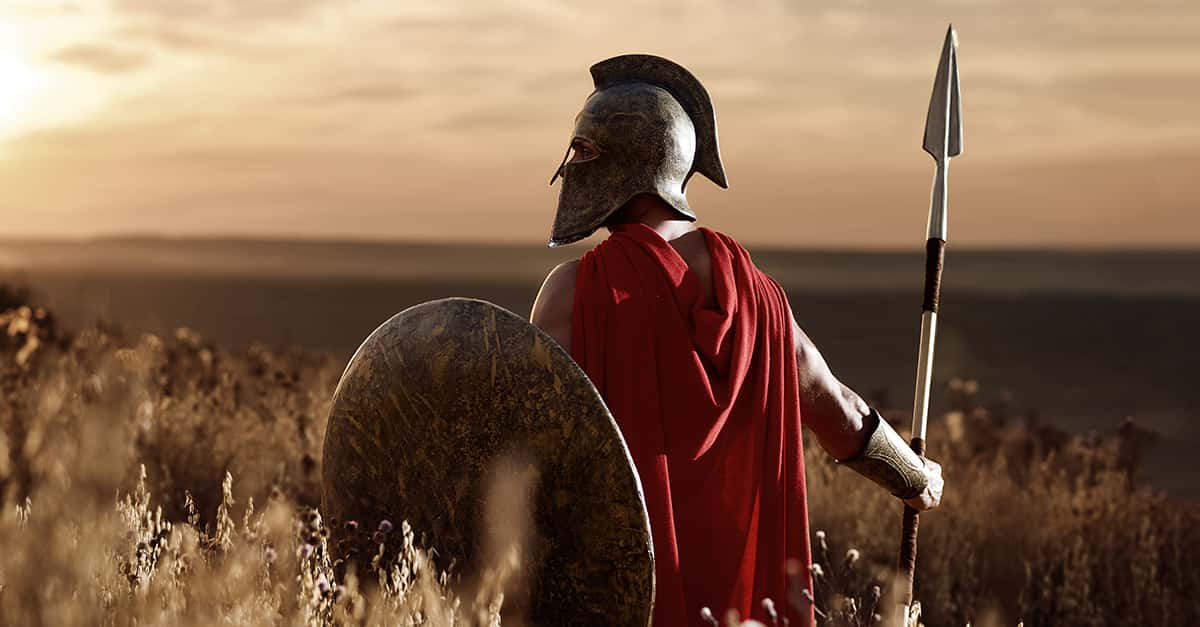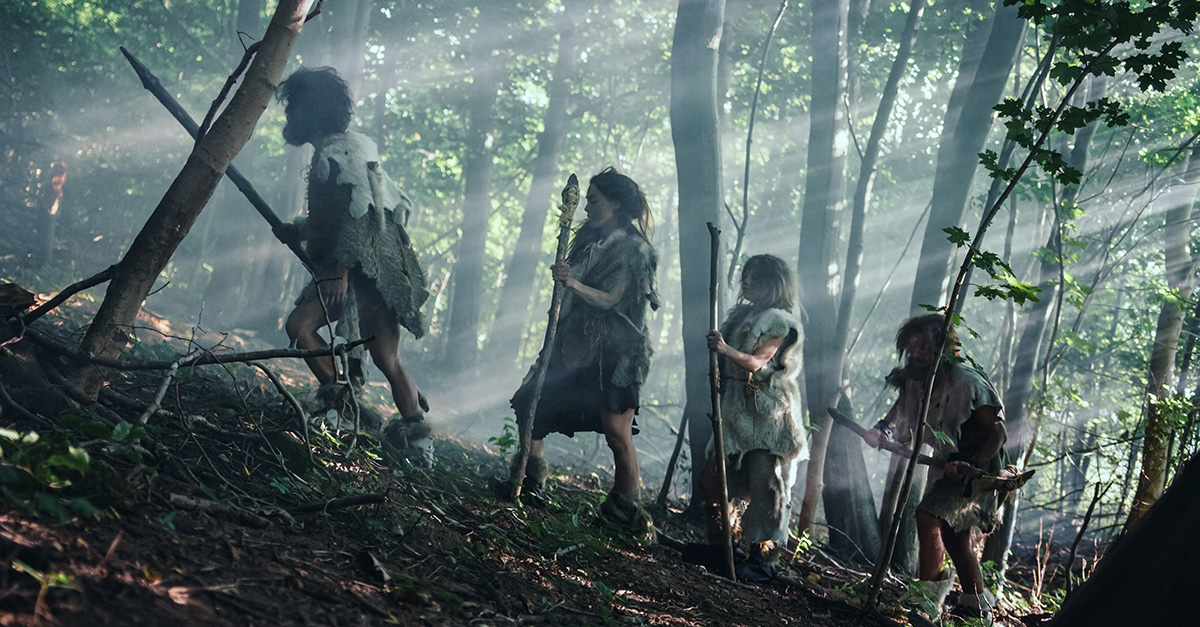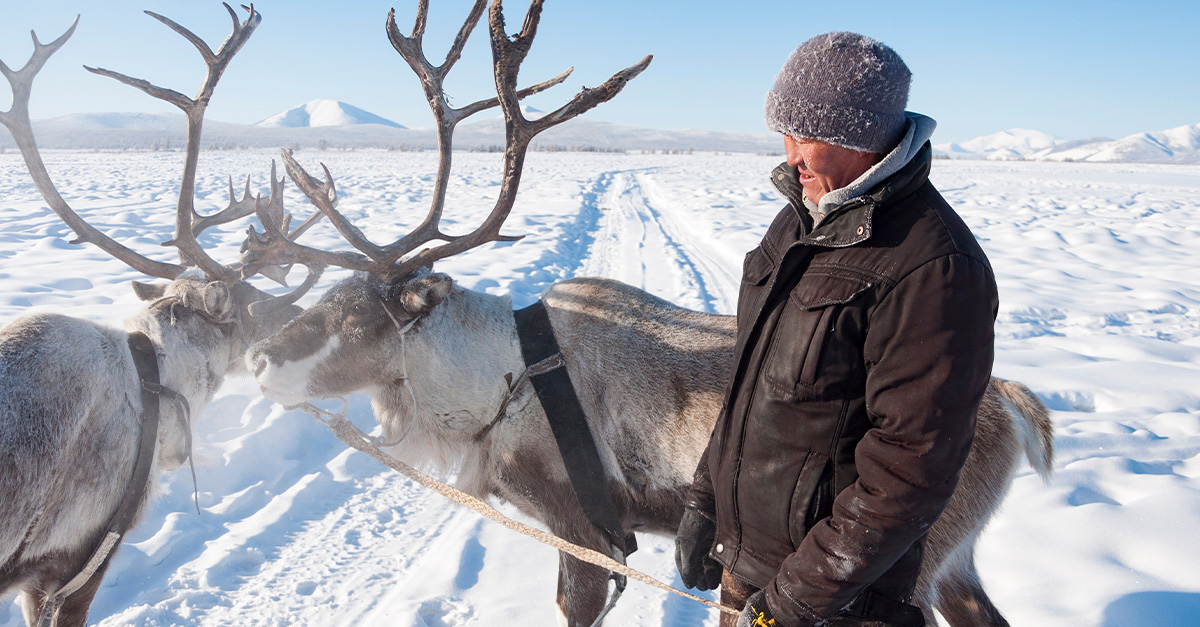Science can be endlessly fascinating—from physics to chemistry to biology, there are so many interesting and wonderful ways in which the world works. Here are 42 totally fascinating facts for science nerds.
Science Facts
42. Science Scam
In 1898, inventor Nikola Tesla once tricked an entire crowd into believing that they could control a toy boat by shouting commands. In fact, the boat was an early example of a radio-control toy, and Tesla was piloting the boat himself wirelessly, interpreting the verbal cues of the crowd into directions transmitted to the boat.

41. These Eyes
The most complex eyes in the animal kingdom belong to the mantis shrimp. The shrimp’s eyes can interpret several types of light polarization throughout the entire visible spectrum. This allows the tiny shrimp to see and distinguish least ten times as many distinct colors as humans can.
40. They Still Make You Just as Wet
Raindrops actually don’t fall in the form of a teardrop. Instead, because of surface tension and the flow of air around the drops, they are shaped more like the top half of a hamburger bun.
39. Chatty Fellow
A budgerigar (more commonly called a “budgie”) named Puck was awarded the 1995 Guinness World Record for largest vocabulary of any bird—he knew 1,728 words. Puck was even said to be able to generate new and unique sentences with his large vocabulary, and his owner claimed that on Christmas morning, Puck chattered, “It's Christmas. That's what's happening. That's what it's all about. I love Pucky. I love everyone.” It’s no “God bless us, everyone,” but it’s pretty good for a bird.
38. Looks Can Be Deceiving
Male peacocks are known for their brilliant colored-feathers, while their female counterparts are a drab brown. In fact, the feathers of male peacocks are also pigmented brown, but they have microscopic structures that interfere with light, reflecting blue, green, and turquoise, and creating their appearance of bright iridescence.
37. Structural Integrity
Because the concrete of the Hoover Dam was poured into individual, rectangular shaped sections—rather than with a single, continuous pour—the physical dam itself may survive up to 10,000 years and could be one of the last remaining visible and recognizable monuments of humans on the planet. Unfortunately, because of falling water levels in Lake Mead, the dam might not be able to generate power even a decade from now.
36. It Really Helps
Swear words are processed in a separate part of the brain from regular speech and swearing has been found to actually reduce pain levels. #%&*!!!!
35. Reaching New Heights
Scientists attached stilts to the legs of ants to prove that ants return to their nests by counting their steps. The ants on stilts overshot their nest by roughly 50% due to the new length of their steps.
34. Workaround
After Beethoven went deaf, he found he could affix a metal rod to his piano and bite down on it while he played, enabling him to hear perfectly through vibrations in his jawbone. The process is called “bone conduction”.
 Flickr, Royal Opera House Covent Garden
Flickr, Royal Opera House Covent Garden
33. Namesake
In 2009, Stephen Colbert won a NASA competition to have a module of the International Space Station named after him, but NASA opted to name it ‘Tranquility’ instead. They did, however, name a treadmill on the ISS after him. It is called the Combined Operational Load Bearing External Resistance Treadmill (C.O.L.B.E.R.T.).
32. Tribute
J.R.R Tolkien got the name for Lord Of The Rings character Samwise Gamgee from a doctor named Joseph Sampson Gamgee. Gamgee was the inventor of ‘Gamgee tissue’, an absorbent gauze surgical dressing made from cotton wool. Samwise’s wife was named Rosie Cotton.
 Tolkien (2019), Fox Searchlight Pictures
Tolkien (2019), Fox Searchlight Pictures
31. Self-Experimentation
Bill Haast, of Miami, Florida, injected himself with snake venom during most of his adult life to build up immunity to an array of venomous snakes. Haast lived to age 100 and survived a reported 172 snake bites. He also donated blood to be used in treating snake-bite victims when suitable anti-venom was not available—more than 20 of those treated with his blood survived their wounds.
30. Sneaky Disguise
The macrocilix maia moth confuses its predators with a wing pattern that realistically resembles two flies eating bird excrement. The moth even releases a pungent odor to drive home the deception.
29. Tumbling Across the Globe
The tumbling tumbleweed (Kali tragus), a longstanding symbol of the lonely American West, is actually a foreign introduced species from Asia commonly called ‘Russian thistle’. The tumbleweeds were introduced to South Dakota in the 1870s when flaxseed contaminated with kali tragus seeds was imported from Russia.
28. Counter-Espionage
It’s suspected that Leonardo da Vinci deliberately left errors in the designs of his inventions, specifically those relating to conflict machines and arms, in order to prevent it from being put to practice by unauthorized people.
27. Unnecessary Adaptation
The adult Luna Moth has no mouth and dies of starvation. The adult moths live only to mate, and usually pass in under a week.
26. Girl Party
On 5 April, 2010, there were four women in space at the same time. This was considered to be the largest gathering of human females off the planet to that point.
25. Double-Dipping
Many people believe that placing a chip in dip, biting off the chip and then placing it again into the dip spreads bacteria into the dip. In 2015, the popular science TV show Mythbusters debunked this myth, by double-dipping chips and testing them, but found that the difference in germs compared to non-double-dipped chips was negligible. They found that many store-bought dips already contained bacteria, though well below levels that were at all harmful.
24. Goth Birds
A breed of chicken called the Silkie has black skin, black flesh, black bones, and black internal organs. The birds’ color is due to an excess of pigment cells. They are said to have a similar flavor to normally-colored chickens, and although their skin and bodies are jet-black, they can grow pure white feathers.
23. Seeing Sights
Veronica Seider, a woman born in Germany in 1951, was found to possess vision 20 times better than an average person. She was able to identify people from more than a mile away.
22.Not Permitted Hobby
In 2011, a Swedish man tried to build a nuclear reactor in his kitchen. He was taken into custody after he contacted the Radiation Safety Authority to ask if his homemade reactor was lawful—it wasn’t. He’d built the device with radium scavenged from old clocks, as well as materials sourced from smoke detectors and a Coleman lantern. He’d written on his blog, “My project is to build a working nuclear reactor. Not to gain electricity, just for fun and to see if it's possible to split atoms at home.”
21. Bad News for Jurassic Park Fans
Researchers in New Zealand have calculated that DNA has a 521-year half-life, meaning the oldest clone-able samples of DNA could be no more than 2 million years old. This would rule out any possibility of ever replicating dinosaurs, as the last dinosaurs perished out more than 65 million years ago.
20. Tuxedoed Bandits
Adelie penguins covet pebbles so much that it leads some penguins to a life of offence. The penguins were observed by a team from BBC’s Frozen Planet series, and were seen to take rocks and pebbles from the nests of other penguins in order to construct their own nests.
19. When Good Crabs Go Bad
Hermit crabs form “gangs” to take other hermit crabs’ shells. Small groups of crabs will pry a more desirable shell off another crab, then fight amongst themselves for who gets to live in the new shell.
18. A Long Trip
In 1822, Europeans realized that storks migrate to warmer climates during winter after a stork in Germany was discovered to have an arrow from a Central African tribe embedded in its body. To this day, around 25 storks carrying African spears have been found in Europe.
17. Art Imitates Life
The Corrupted Blood Incident was an unintentional glitch in World of Warcraft in 2005 that simulated the spread of a deadly pandemic. The incident was later studied by epidemiologists, due to the reaction of the gamers and its resemblance to the general populace.
16. Radioactive Treats
In the ruins of the Chernobyl nuclear reactors, scientists have found a type of fungus that uses gamma radiation as its energy source. These radiation-eating fungi could potentially become a possible food source for astronauts.
15. Undersea Experimenters
There is a permanent underwater laboratory called Aquarius that is owned by Florida International University but used by NASA to study how people handle extreme living conditions. Residents are referred to as “aquanauts”, and the project is called NEEMO (an acronym for NASA Extreme Environment Mission Operations)—also a nod to Captain Nemo, the submarine captain in Jules Verne’s novel Twenty Thousand Leagues Under The Sea.
14. Occam’s Razor
According to Popular Mechanics, faking the moon landing in 1969 would have been harder than actually going to the moon.
13. Snakes in a Mine
Fossils of the largest-known extinct species of snake were discovered in a coal mine of Columbia. Titanoboa lived about 65 million years ago, and the species clocked out at approximately 48 feet in length and weighed roughly 2,500 pounds.
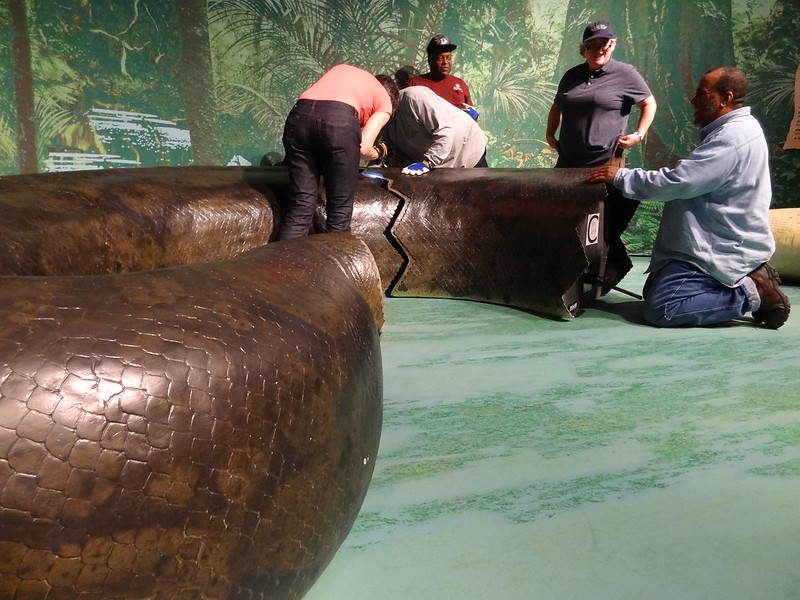 Smithsonian Institution Traveling Exhibition, Flickr
Smithsonian Institution Traveling Exhibition, Flickr
12. Deep Water
The Mariana Trench is the deepest point on earth, stretching 6.8 miles below the surface of the ocean. If you threw a stone overboard above the Mariana Trench, it would take an hour for it to hit the ocean floor.
11. Lazarus Lobster
As far as scientists have observed, lobsters are functionally immortal. They show no measurable signs of aging—that is, no loss of appetite or changes in metabolism, no change of reproductive behavior or ability, and no decline in strength or health—and seem to only perish from external causes.
10. Dangerous Behavior
The World Health Organization classifies tanning beds as a Level 1 carcinogen, the same level as plutonium and smokes. California passed legislation in 2011 banning teenagers from using tanning beds, as skin damage is cumulative, those who use tanning beds in their younger years are more at risk.
9. Grandpa Caveman
According to genetic researchers, all non-Africans are part Neanderthal and have residual Neanderthal DNA. You can get DNA testing to tell you how much Neanderthal you are as well as your ancestral lineage, and any potential genetic health problems.
8. Banana Equivalent Dose
Bananas—specifically, the potassium present in bananas—give off enough radiation that a truckload of them can cause false alarms when checking for nuclear materials at US ports. The amount of radiation in a single banana (or even in a whole bunch) is completely safe for humans to be around.
7. Scientific Progress
In the last 40 years, the overall survival rate for children’s cancer has increased from 10% to nearly 90% today. The survival rate for rare cancers is still far lower, and much more research is needed.
6. Sounds Terrible
Guam’s jungles have as many as 40 times the amount of spiders as nearby islands due to a lack of forest birds. The decline in bird population is attributed to the accidental introduction of the brown tree snake in 1940.
5. Blaming Himself
Bob Ebeling, one of the main engineers behind NASA’s Challenger rocket, revealed that after NASA would not heed his warnings against launching in the cold weather, he told his wife the night before the launch, “It’s going to explode up.” The next day, on January 28, 1986, the Challenger exploded shortly after takeoff, instantly ending the lives of the seven astronauts aboard.
4. Feels So Good
The brain releases so much dopamine during orgasms that brain scans can resemble those of someone on substances.
3. Misguided Theories
Before the theory that birds migrated during winter, the question of where exactly birds disappeared to was a contentious one. Naturalists posited that birds hibernated at the bottom of the ocean—or turned into mice during the winter.
2. Spontaneous Combustion
A solar plant in the Mojave Desert in California generates so much heat that it can incinerate birds in mid-flight. Between 1,000 and 28,000 birds are gone each year (depending on whether you ask the plant itself, or groups advocating for the birds).
1. Times Have Changed
In the early 1980s, the Vatican invited Stephen Hawking to a conference where he had an audience with the Pope. Pope John Paul II had trouble understanding Hawking and knelt down beside his wheelchair to hear him better, prompting one scientist to comment that “things certainly have changed since Galileo.”
Sources: 1, 2, 3, 4, 5, 6, 7, 8, 9, 10, 11, 12, 13, 14, 15, 16, 17, 18, 19, 20, 21, 22, 23, 24, 25, 26, 27, 28, 29, 30, 31, 32, 33, 34, 35, 36, 37, 38, 39, 40, 41, 42, 43, 44, 45, 46


